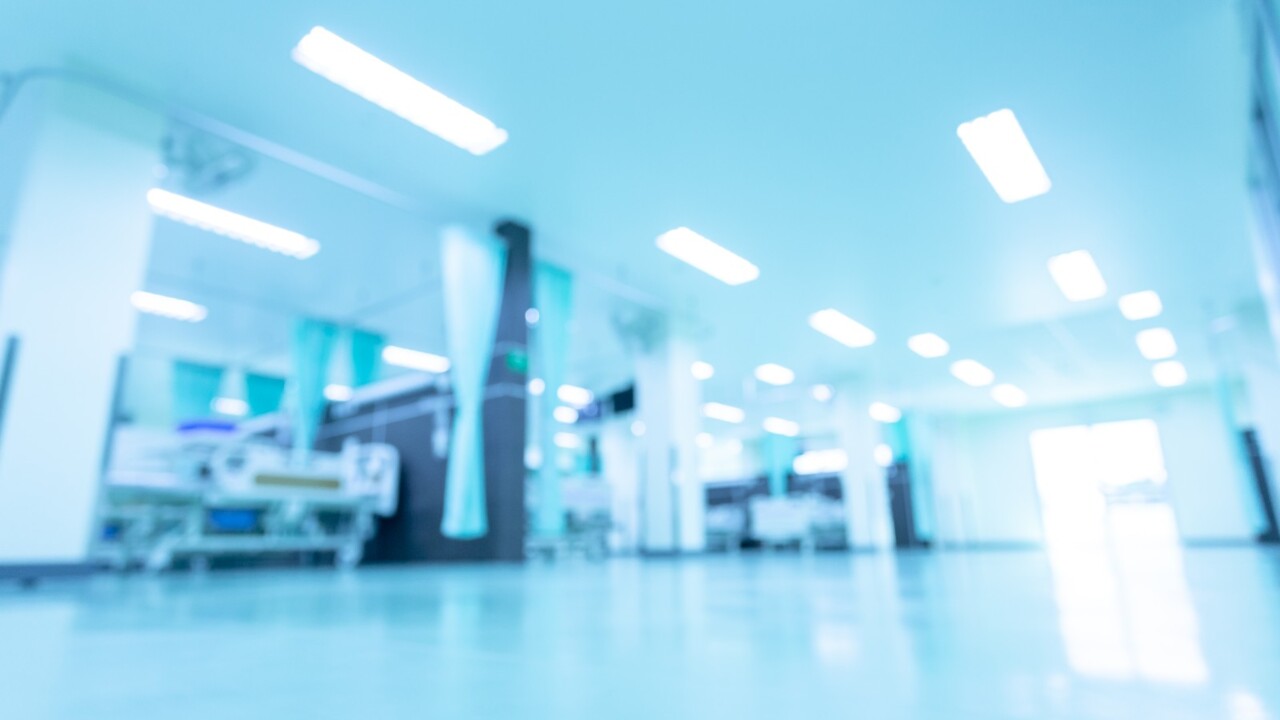Sixth case of Legionnaires’ disease in Sydney, with CBD goers urged to be on alert for symptoms
A sixth case of Legionnaires’ disease has emerged in Sydney. All cases have spent time in the CBD area.

A sixth case of Legionnaires’ disease has been identified in Sydney, as authorities urge anyone who has been in the CBD to watch for symptoms.
The two women and four men diagnosed, who are aged in their 40s to 70s, visited locations between Elizabeth St, Clarence St, Park St and Martin Place in the 10 days before they experienced symptoms.
All six cases have been treated in hospital for their pneumonia, with one person now discharged.
NSW Health is continuing to advise people who have been in the Sydney CBD area in the past two weeks to be on alert for symptoms.
No single source of the cases has been identified, and it is possible the cases are unrelated, authorities said.

Legionnaires’ disease is often associated with contaminated cooling towers of large buildings.
People can be exposed to the bacteria if contaminated water particles from the cooling system are emitted into the air and breathed in.
Environmental health officers have worked with the City of Sydney to inspect and sample 124 high priority cooling towers in the area.
Additionally, owners of six towers have been directed to undertake immediate measures to rectify identified defects.
Microbial sampling results are expected later this week, to determine if any of these towers are a potential source of the infection.

Symptoms of the disease can develop up to 10 days from the time of exposure to contaminated water particles in the air and include fever, chills, a cough and shortness of breath. It also may lead to severe chest infections such as pneumonia.
People who develop Legionnaires’ disease are diagnosed by chest x-ray and a urine test and usually require antibiotic treatment in hospital.
The disease cannot be spread from person to person.
Building owners must ensure their cooling towers are well maintained and compliant with the requirements of the Public Health Regulation 2012.




